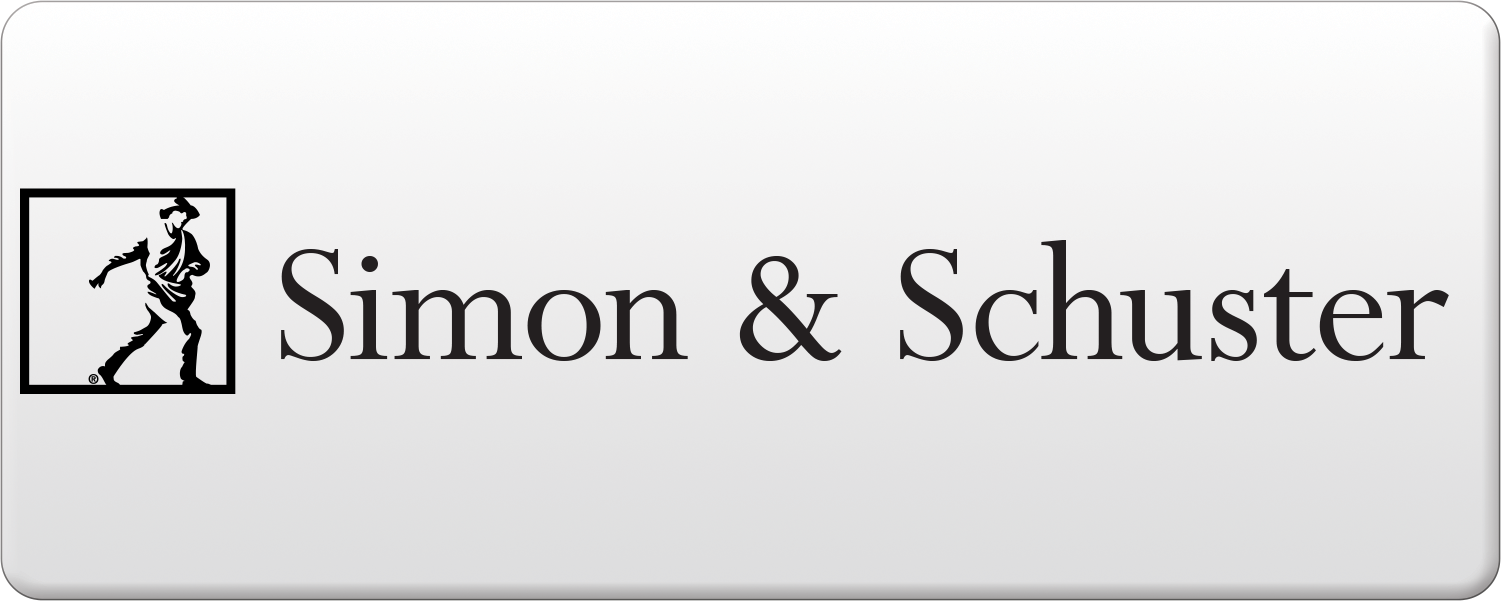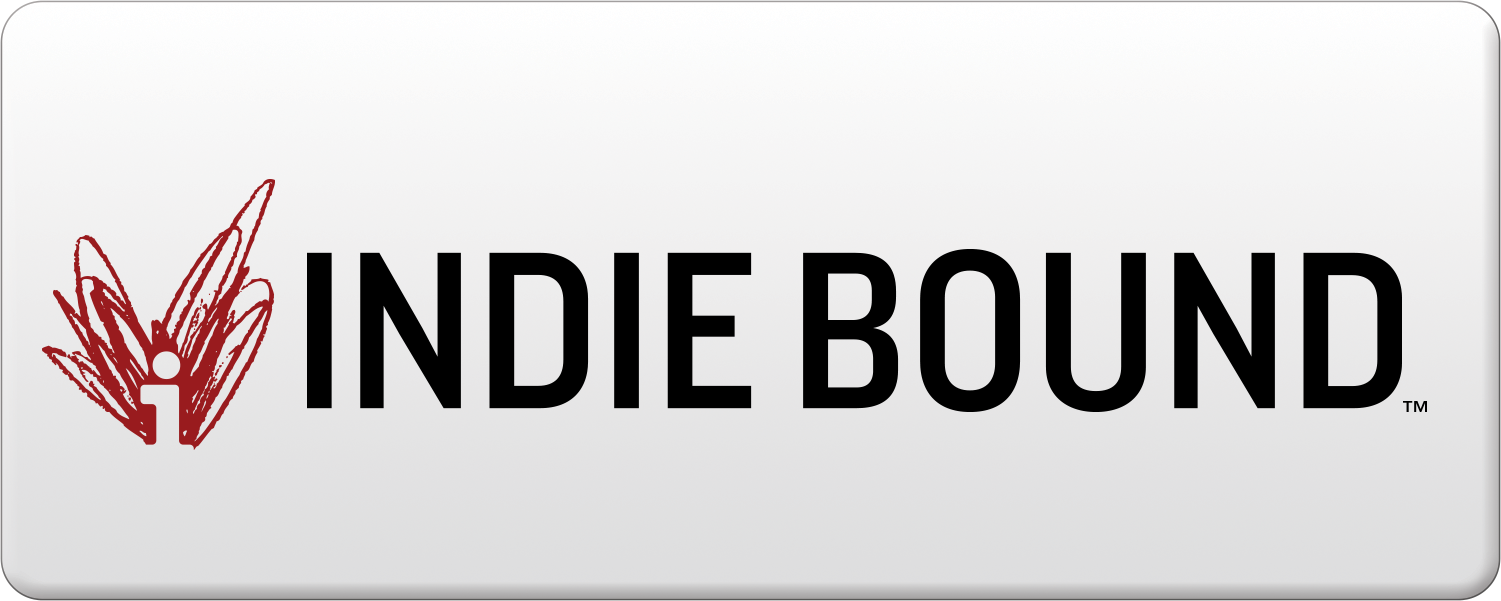Photos
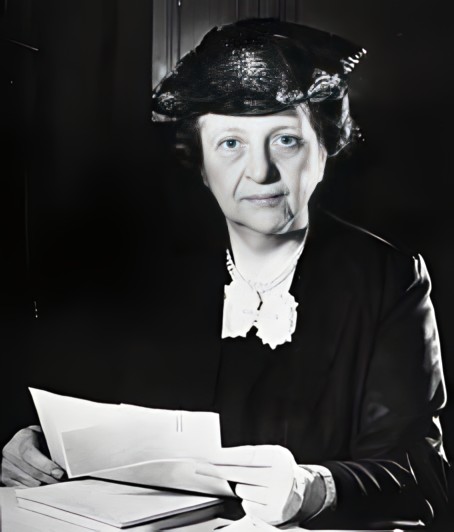
Labor Secretary Frances Perkins, in her trademark cornet, fought for New Deal legislation that still safeguards American citizens to this day.

After touring the Luftwaffe with Col. Truman Smith (on the right), Charles Lindbergh tells the world that Hitler is invincible.

U.S. Nazis rally at New York’s Madison Square Garden on February 20, 1939, demanding “True Americanism.”

New York World’s Fair visitors in 1939 entering the Perisphere. In time, the steel in these iconic buildings would be melted down to make weapons for World War II.
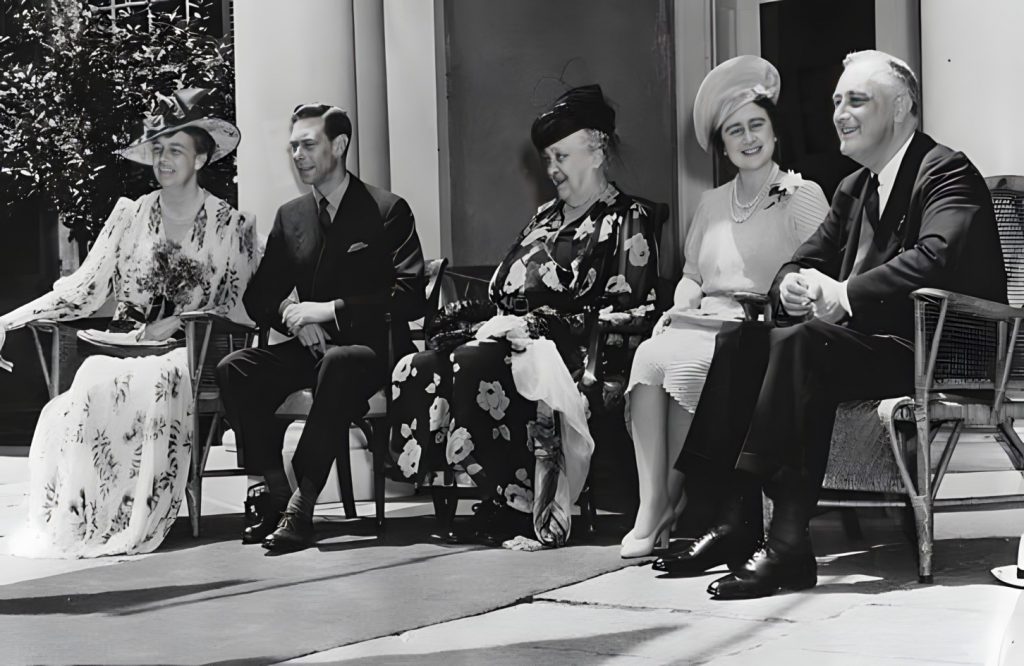
During the first visit of British royals to America, Eleanor, King George, Sara Roosevelt, Queen Elizabeth, and Franklin relax on the porch at Hyde Park, 1939.

Lindbergh critic and Woman of the Year journalist Dorothy Thompson testified to Congress that repealing U.S. neutrality laws would allow the nation to help European democracies combat fascism.

Before becoming Dr. Seuss, the most famous children’s author in the world, Ted Geisel drew a series of editorial cartoons lampooning Lindbergh and America First for the New York newspaper PM.
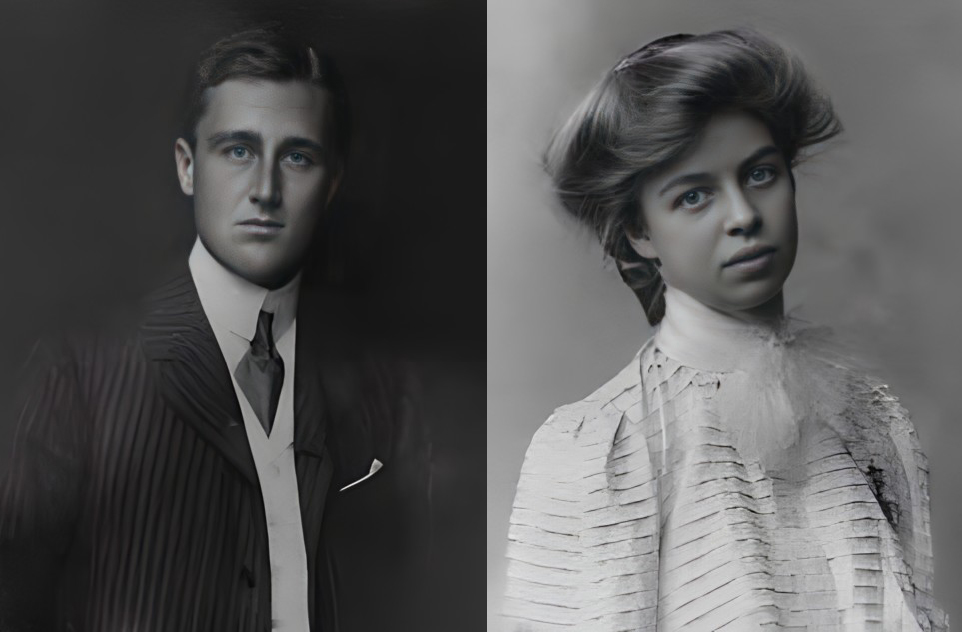
Franklin and Eleanor in their salad years.
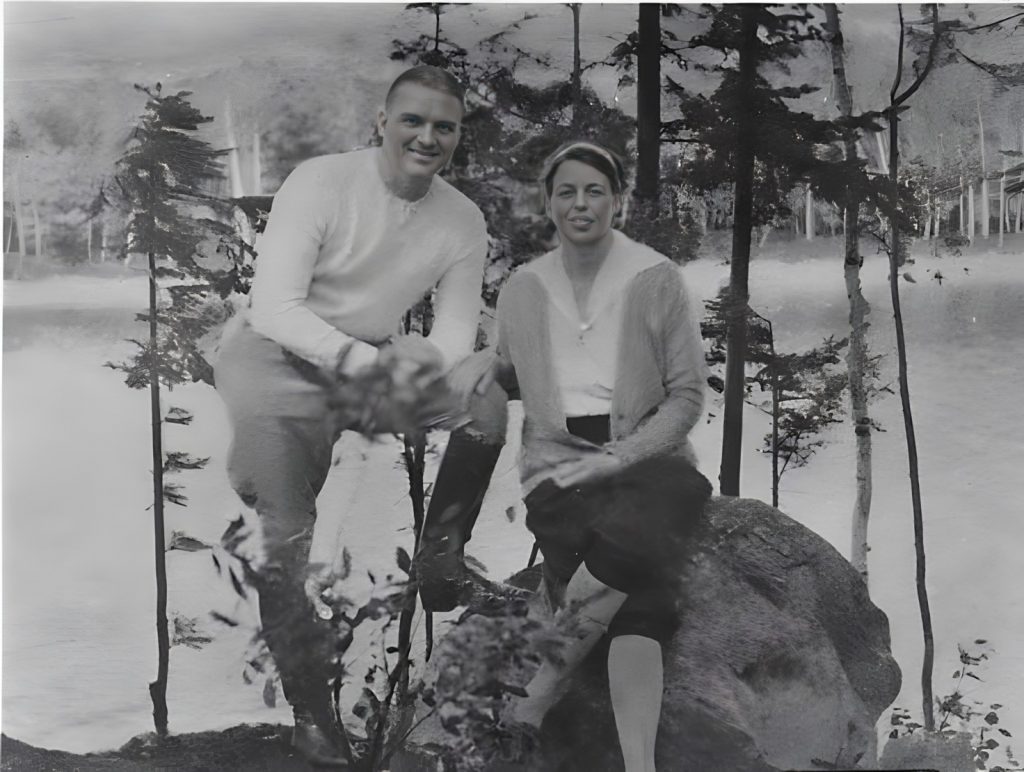
Eleanor rests her hand on bodyguard Earl Miller’s thigh at Chazy Lake, NY, in 1934.

The president’s strategy depended on men of grave competence. The most important, Harry Hopkins, served as FDR’s right hand across both the New Deal and World War II.

Henry Morgenthau Jr. and Jesse Jones masterminded the financing that would defeat both Adolf Hitler and the Great Depression.

Robert Sherwood wrote The Best Years of Our Lives and cowrote many of Roosevelt’s greatest speeches. His “in the room where it happened” stature was established by his joint biography of Roosevelt, Hopkins, and by extension, Sherwood himself.

The adroit diplomacy of British ambassador Philip Kerr, Lord Lothian, led directly to Lend-Lease, the arsenal of democracy, and perhaps, the saving of Great Britain itself.
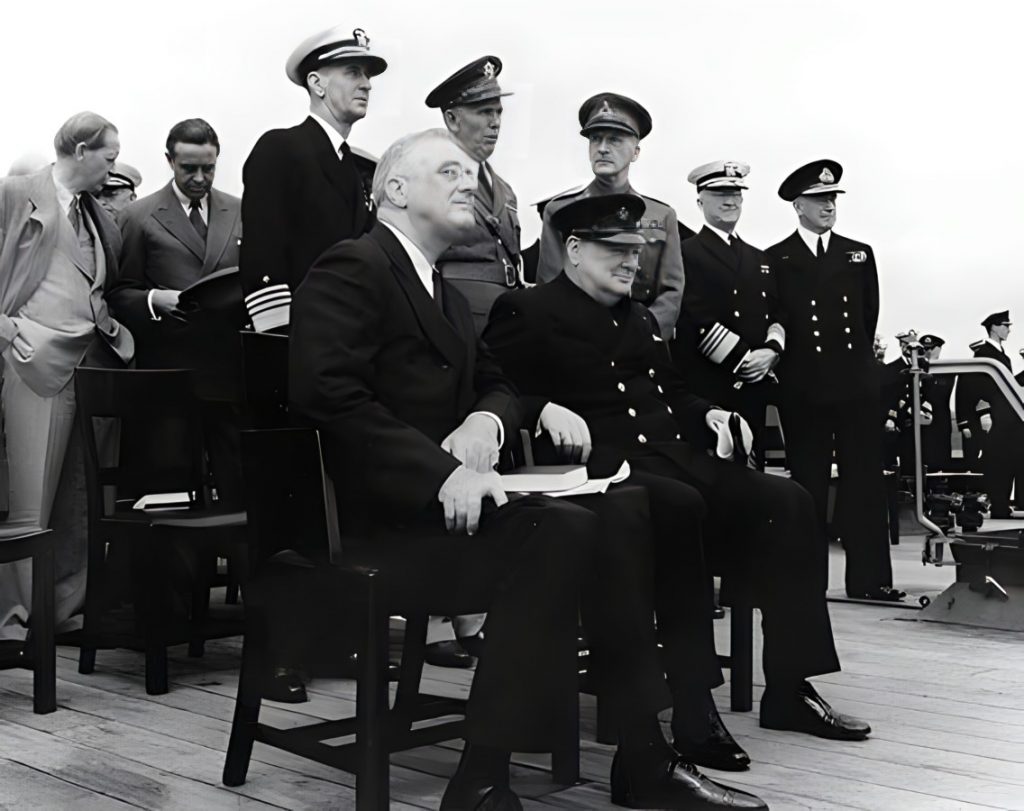
The birth of the Allies at the Argentina conference on August 12, 1941; Harry Hopkins, Amb. Averell Harriman, Adm. King, Pres. Roosevelt, Gen. Marshall, PM Churchill, Gen. Dill, CNO Stark, and Adm. Pound.

FDR (to the left of the flag) asks Congress to declare war against Japan with the “Day of Infamy” speech, December 8, 1941.

After Pearl Harbor, children in Hawaii were assigned gas masks.

False cries of alarm, such as this Los Angeles Times front page of February 24, 1942, drove a fearful West Coast into interning Japanese Americans.
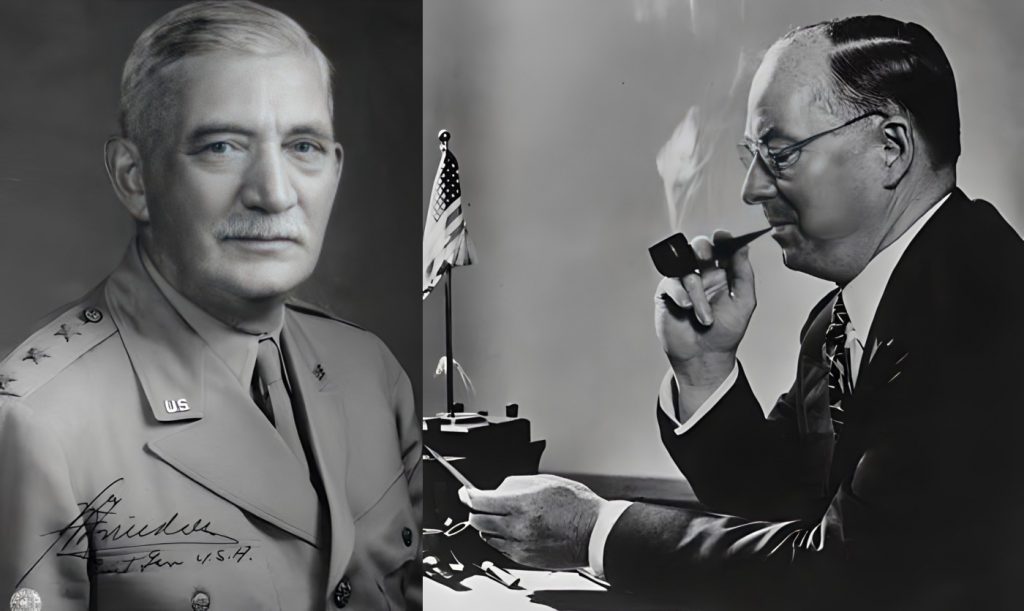
GM’s William Knudsen and Sears’s Donald Nelson charged American manufacturing to produce the overwhelming amount of material that became FDR’s secret weapon in winning World War II.

The Roosevelt centurions. Left to right: Air’s Gen. Arnold, Navy’s Adm. King, Chief of Staff Adm. Leahy, and Army’s Gen. Marshall.

During Operation Drumbeat, Nazi submarines attacked British and U.S. merchant marine vessels in American coastal waters. On March 26, 1942, tanker SS Dixie Arrow, hit on the starboard by two torpedoes from U-71, burned off Cape Hatteras, NC.

One of the first great successes of Roosevelt’s arsenal of democracy was the Chrysler Tank Arsenal.

Henry Kaiser and Andrew Jackson Higgins made the Liberty ships and shallow-draft landing craft that were crucial to Allied victory.

After being christened by Marian Anderson, Liberty ship Booker T. Washington launched on September 29, 1942.

American troops land at Oran, Algeria, during Operation Torch.

Henry Ford did not want to offer FDR any support; Edsel Ford wanted to expand the family business into aeronautics. Edsel would give up his life for his country and his great factory, Willow Run, would become a key source of Liberator bombers.

A-20 attack plane noses at the Douglas Aircraft plant in Long Beach, CA.

Two Rosies rivet a Vengeance dive bomber at Vultee Aircraft, Nashville, TN.

Synthetic rubber used in the various tires needed for Allied warplanes.

How the New Deal linked to the arsenal of democracy directly appeared in the hydropower produced by the Tennessee Valley Authority for manufacturing aircraft.

War hero Jimmy Doolittle tells the North American Aviation workers who’d produced his bombers that had struck Japan on April 18, 1942, that they were war heroes, too.

Stalin, Roosevelt, and Churchill at Teheran, 1943. The Allies were on the cusp of defeating Hitler, but only if they didn’t defeat each other first.

Chicago schoolchildren raised $263,148.83—nearly $5 million in today’s dollars—for Morgenthau’s 1943 war bond program.

The greatest Allied spy of World War II, Amy Peck, code named “Cynthia.”

It was forbidden for paratroopers to use radios after being dropped behind enemy lines because their locations could be tracked through the devices’ frequency. Instead, war pigeons were released to send messages back to headquarters.

Landing ships putting the great bounty that was the arsenal of democracy ashore on Normandy’s Omaha Beach.

Company A, 16th Infantry, wading onto Omaha Beach on D-Day. During that initial landing, two-thirds of Company E were killed or injured.

Victorious 2nd Infantry troops march up the bluff over Omaha Beach on June 7, 1944.

Eleanor met with 400,000 servicemen across the Pacific theater in August 1943.

Franklin D. Roosevelt’s Washington funeral procession, April 14, 1945.


